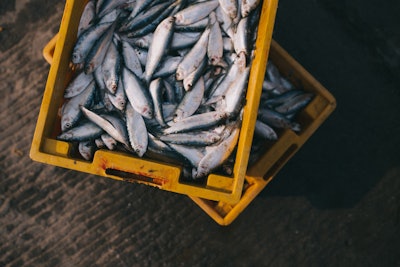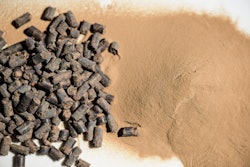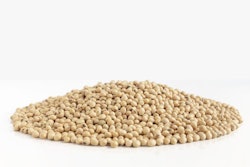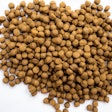
In the Philippines, the recent lifting of a temporary ban on the importation of processed animal protein (PAP) from pigs is expected to boost aquaculture production.
According to a food security advocacy group in the Southeast Asian state, the suspension was officially lifted at the end of 2022. However, this was followed by lengthy delays in the arrival and release of this key feed ingredient, reported Business World last week.
“The non-availability of this ingredient resulted in much decline in our production,” said Asis G. Perez, chairman of the group, Tugon Kabuhayan. Formerly, he was a former director of the nation’s Bureau of Fisheries and Aquatic Resources.
Up until January 2022, Italy had been the source of up to 70% of the Philippines’ porcine PAP requirements. However, the trade was suspended after African swine fever (ASF) broke out for the first time on the Italian mainland.
Delays in the release of the PAP material have cost the country’s aquaculture sector PHP10 million (US$180,000), according to Perez.
He explains this stems from the cargo remaining on the ship until ASF testing is completed. While not opposing the need for the tests, he called for the vessels to be berthed in separate area of the port.
Since the first shipments of porcine PAP were released in March, Perez said aquaculture production has shown early signs of recovery.
Already 12 months ago, Perez was urging the Philippines to lift the ban on porcine PAP of Italian origin, Business World reported.
According to him, imports were needed in order to keep local fish prices in check, he said.
Furthermore, he stressed that the material was safe.
Porcine PAP is made from meat and other food-grade material from disease-free animals, he said. Under European Union regulations, it is heated to 130 degrees C, which is much higher than needed to kill the ASF virus. To produce a floating fish pellet, the finished feed is heated to 200 degrees C.
Domestic fish feed production is around 1.6 million metric tons (mmt) annually, according to this source.
Aquaculture in the Philippines: Growth, climate threat
In 2022, total aquaculture production was just under 2.35 mmt, according to the Philippines Statistics Authority (PSA). Representing a year-on-year increase of 4.6%, it means that farming accounts for 54% of the country’s overall fisheries output.
Last week, the Philippine News Agency (PNA) reported that the government is already making preparations for the forecast El Nĩno. This phenomenon is associated with a period of high temperatures, on land and in the seas.
Measures are being put in place to ensure national food security, according to the Department of Agriculture’s Bureau of Fisheries and Aquatic Resources (BFAR).
While some species benefit from the warmer conditions, others reared in land-based ponds can suffer from low oxygen levels, according to a BFAR director. To farmers of these fish, he advised reducing stocking density of the fish or crustaceans to minimize these adverse effects, and prevent mass mortalities.
Already last week, BFAR was urging cage farmers in Ilocos Norte to consider an early harvest, reports PNA. Located in the far northwest of Luzon, the province is already experiencing temperatures approaching the “danger level” of 42 to 50 degrees C for high mortality among tilapia, milkfish and malaga (a local carp). More than 1,000 fish farmers operate in this area, producing around 189,000 metric tons of fish.
Another threat to the sector associated with El Nĩno is the development of a red tide caused by algal overgrowth in the water.
ASF virus transmission in feed
In August 2022, pig producers in the Philippines warned about the threat of the ASF entering the country in imported feed and feed ingredients.
In recent months, a study was announced exploring the possible role of feed ingredients in the transmission of the ASF virus.









